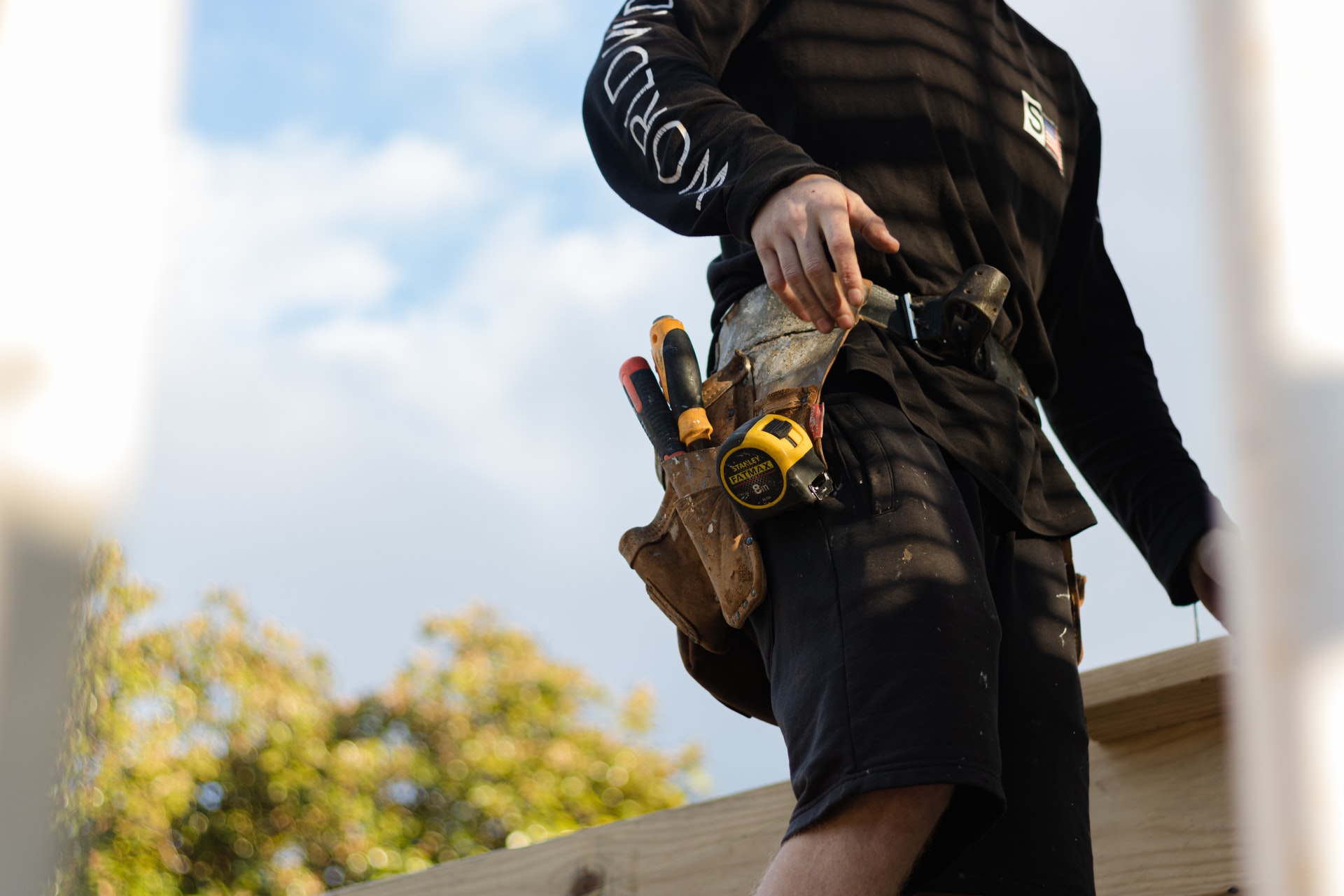
The UK government has recently announced a new scheme beginning in the summer of 2021 that grants £150 million in funding to self-builders across the UK, called the help to build scheme. This comes in the form of an equity loan from the government. It’s designed to help lower the required amount for a mortgage deposit and opens the door to bespoke self-build properties across the UK.
How Self Builds Work
Self builds are a great way to create a perfect home for a range of different potential homeowners. They give you the opportunity to create a home designed completely around the owner, meeting every need and preference without compromise, budget aside.
Contrary to their title, however, self builds don’t actually have to be built by you. It is simply a term used for a home that is built holistically rather than buying a prebuilt home. You can undertake work yourself, or work with any number of professionals like architects, builders and developers to bring it to life.
The self-build process generally comes down to a few different, costly areas, which are the land, the build materials, and the labour or specialists used to build it. Planning is also a big consideration alongside the land, however, the whole process can be run through with an architectural provider or developer.
How a Self Build Mortgage Works
Because of the nature of self builds and the process that is carried out in order to complete one, the mortgage to have one is quite drastically different from a standard mortgage seen on the property ladder. Self build mortgages have their own specific category and must be applied for uniquely to have one in place.
To get a self build mortgage, chances are, you’ll need a solid plan that can be provided to the provider, showing them the process that you plan to carry out. They will then be able to get an understanding of what you are trying to do and see that it is viable, and then, lend you the money.
Unlike typical mortgages again, the lending is much different for a self build, although the required deposit still ranges anywhere from 5-20+%. The money for a self build, because of how the process works, is usually released in increments or in arrears, rather than an upfront payment. This means that you get regular bouts of money to take you through each individual stage of the process, helping you stay on budget and moving forward safely.
How the Help to Build Scheme Works
Getting down to the help to build scheme itself, it works in a very similar way to the help to buy scheme loan. That means that the government are on hand to provide up to an estimated 30,000-40,000 homeowners with an equity loan to secure their help to build mortgage.
The government provide equity based loans adding to your deposit in the idea of reducing your mortgage, lowering your interest rates, and allowing you to access the self build process quicker than saving for a mortgage.
The loan is of course repayable to the government, but for a likely much lower rate than a mortgage lender would provide, and IF it is anything like the help to buy loan, then this will have a delay in interest similar to the Help to buy’s 5-year wait. Moving on from that, it will have an interest rate of 1-2% which increases annually in line with the value of the property.
More information is needed on the scheme when it launches to confirm this, but it’; s highly likely based on the help to buy.
What Help to Build Means for Homeowners in the UK
So with all of this in mind, what does this mean for UK homeowners? Well, generally, it means that self builds are more accessible than ever, just like typical house buying is through the governments help to buy schemes.
This scheme makes it easier than ever for people to get mortgages with a lower deposit, allowing them to create their own perfect home without having to go through mass provided large scale developers or older, existing properties.
Another beauty of self builds is the fact that the buy and build costs for a self build will likely result in a property that is worth a sizable amount more than the cost to build it, even with everything include it. That sets you off to a great start in terms of equity and a huge boost to the property ladder.
A downside could be argued to be the stress and difficulty of a self build, since it’s such a complex project without an architect or specialist project managing your build for you. There’s also the possibility of issues arising or going over budget. All of this can throw a few spanners in the work.
Whatever your viewpoint, the Help to Build scheme will provide an interesting new route to the property ladder and could well result in more individual and high-quality housing being created across the UK. That’s hard to argue with.





